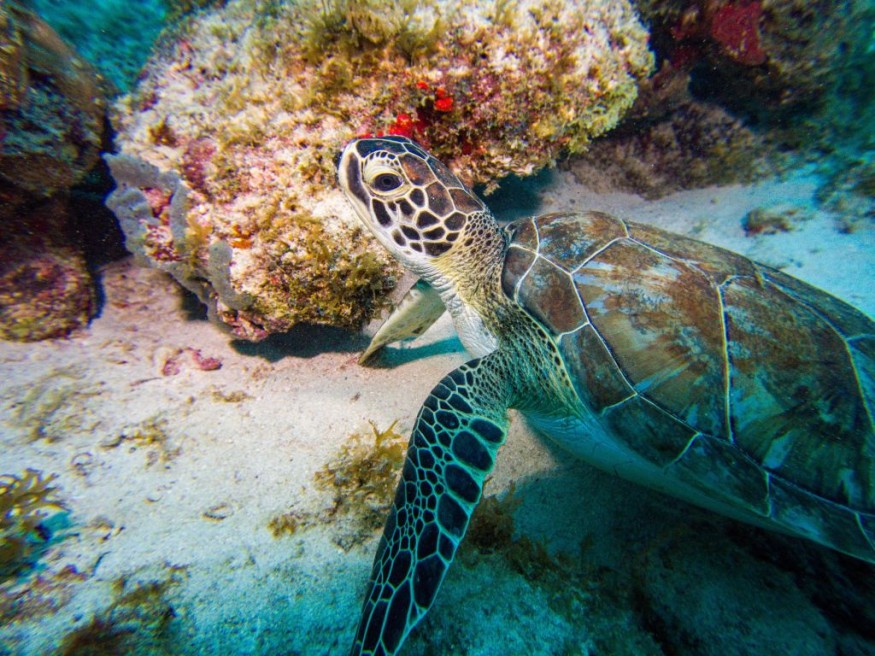A recent study indicated that endangered green sea turtles had spent much of their earlier lives near people in Sydney, Australia.
Experts said that satellite tracking had shown turtles that were frequent in the busy waterways, including the harbor and Parramatta River, around Wollongong harbor, Brisbane Waters near Gosford and up the Hawkesbury River, as far as Cottage Point.
They noted that the reason why young turtles spend so much time in the coast was still not determined.

Green Sea Turtles Choose the Open Sea
Researchers have noticed that older turtles and other marine species tend to choose the open sea, which actually places them at risk towards plastics and other debris.
The Taronga Wildlife Hospital already tracked three turtles after nursing them back from serious injuries.
One turtle reached Longueville in upper Sydney Harbour, while the others travelled to Lake Macquarie and north to the busy tourist destination of Port Stephens.
At present, researchers are still attempting to determine why younger turtles spend as much time as they do in the far busier and dirtier waters.
They, however, speculated that food sources could be the answer.
Researchers have stated that the green sea turtles do not start eating seagrass until they are big adult animals, noting that they are probably feeding on jellyfish.
Read Also : Population of Green Turtles Nesting in Cyprus Lagoon Has Increased Over the Last Few Years
Home in the Great Barrier Reef
Experts said that the green turtle is the most recognizable of all marine turtles and widely distributed throughout the world's tropical and subtropical waters.
They said that the large populations live, feed, and nest on the Great Barrier Reef, favoring the bays and protected shores near the coast and around islands.
The green turtle is one of the largest and the only herbivorous marine turtle - feeding almost exclusively on seagrass and algae.
Like other sea turtles, it migrates long distances between feeding grounds and nesting beaches, with females returning to the very same beach on which they were hatched to lay their eggs.
Studies have shown that female green turtles have been tracked across 2,600 kilometers during such a migration.
According to experts, producing the next generation of turtles is actually a lengthy process.
They said that green turtles take 30 to 50 years to reach sexual maturity, after which females will only nest every 5 to 8 years.
Although clutches may contain as many as 120 eggs, it has been estimated that as few as 1 in 1,000 hatchlings survive to adulthood.
Recent research has revealed that the northern Great Barrier Reef's green sea turtle offspring are born almost completely female, with males outnumbered by at least 116 to 1.
If this feminization trend continues, it will be detrimental to the future of the species.
Pollution - from farms, industrial and urban areas - is a major threat to the seagrass beds in coastal waters where green turtles live and feed.
Scientists said that with the help of Banrock Station Environment Trust, WWF-Australia and the Rivers to Reef to Turtles project partners are working to identify and measure the key pollutants in rivers, the Great Barrier Reef and in green turtles themselves.
This data will allow the public to better understand the sources and impacts of pollution on the Reef.
Related Article : Rare Green Sea Turtle Spotted Far From Home In California's San Joaquin River [VIDEO]
© 2025 NatureWorldNews.com All rights reserved. Do not reproduce without permission.





